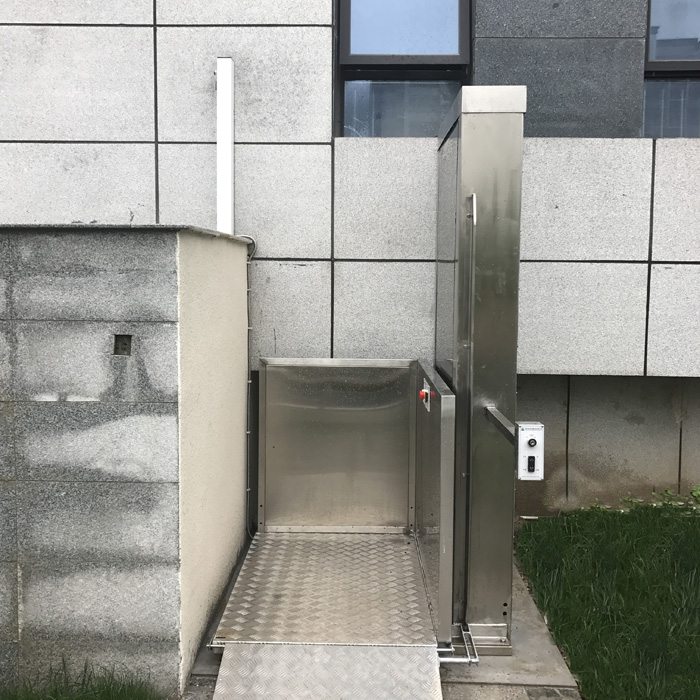
Installing an electric wheelchair lift can greatly improve the mobility and freedom of individuals with disabilities. Whether it’s for a residential or commercial setting, installing a wheelchair lift safely and easily requires careful planning and execution.
Before you begin the installation process, it’s important to choose the right type of electric wheelchair lift that suits your needs. There are several types available, including vertical platform lifts, inclined platform lifts, and portable lifts. Each type has its own specific requirements and installation instructions, so make sure to thoroughly read and understand the manufacturer’s manual before starting.
Determine the installation location: Choose a suitable location for installing the electric wheelchair lift. Consider factors such as space availability, structural integrity of the location, proximity to power source, and ease of access for the user. Make sure the installation location complies with local building codes and regulations.
Prepare the installation site: Clear the area where the lift will be installed of any obstacles or obstructions. If necessary, remove any existing structures, such as stairs or ramps, that will be replaced by the wheelchair lift. Ensure the floor or ground surface is leveled and sturdy enough to support the weight of the lift and the user.
Assemble the lift components: Follow the manufacturer’s instructions to assemble the different components of the electric wheelchair lift. This may involve attaching support brackets, rails, and the platform itself. Make sure all the necessary screws, bolts, and fasteners are securely tightened.
Secure the lift to the installation site: Depending on the type of lift, use appropriate anchoring methods to secure the lift to the floor or wall. This may involve drilling holes, using anchor bolts, or using brackets and support beams. Ensure that the lift is securely fastened and stable.
Install the electrical wiring: Connect the electrical components of the lift according to the manufacturer’s instructions. This may involve running electrical wires from the lift to a power source, installing circuit breakers or fuses, and connecting control panels. If you are not familiar with electrical work, it’s recommended to hire a licensed electrician to ensure safety and compliance.
Test the lift: Before allowing anyone to use the wheelchair lift, thoroughly test its functionality to ensure it operates smoothly and safely. Check for any mechanical or electrical issues, such as loose connections or abnormal noises, and make necessary adjustments or repairs.
